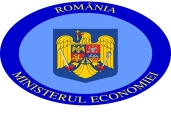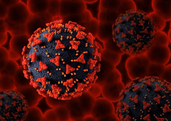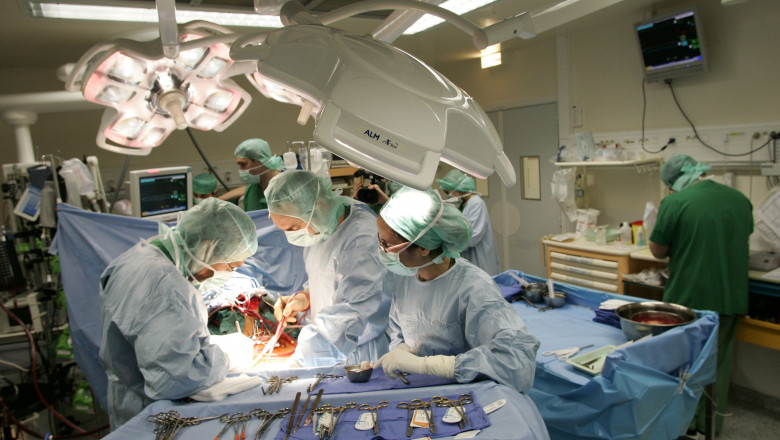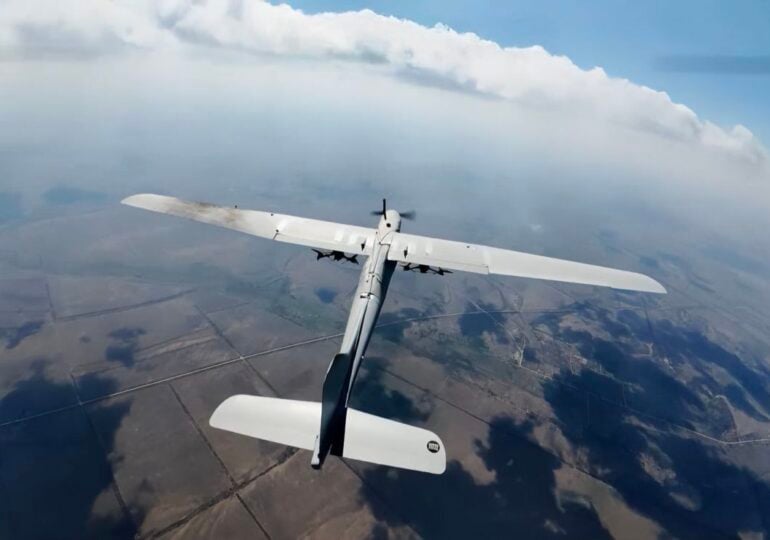The exhibition called "Exceptional discoveries at Dobrovat" will be open to the public at the Palace of Culture in Iasi, in the areas of the National Museum of History of Moldova, from 28 November to 1 February 2026, showcasing the most valuable artefacts discovered at the Dobrovat-Buda Forest site.
According to representatives of the Palace of Culture, the exhibition offers visitors insight into one of the most important international archaeological sites in Romania, agerpres reports.
"Under the aegis of the Ministry of Culture, through the 'Moldova' National Museum Complex Iasi - the Museum of History of Moldova, the Romanian Academy through the Iasi Institute of Archaeology, and the Academy of Social Sciences of the People's Republic of China through the Institute of Archaeology in Beijing, a major research project was carried out between 2019 and 2025, dedicated to systematic archaeological excavations at the Dobrovat-Buda Forest site in Iasi county. The Dobrovat project represents an outstanding example of international collaboration, with the exceptional results of these studies being presented to the public at the Palace of Culture," according to Andrei Apreotesei, the Manager of the Palace of Culture - the 'Moldova' National Museum Complex in Iasi.
Located about five kilometres from the village of Dobrovat, the archaeological site was investigated by a mixed Romanian-Chinese team, becoming at the same time a genuine field-school, where specialists from multiple disciplines collaborated: archaeologists, geophysicists, anthropologists, zooarchaeologists, restorers, conservators and museum curators. The central aim of the project was to identify possible explanations for the remarkable similarities between the Cucuteni-Trypillia and Yangshao cultures, two of the most important prehistoric civilizations in the world.
Within the research, nine Cucuteni dwellings were investigated, alongside several complexes attributed to the Cozia-Saharna culture, including the grave of a child. The Cucuteni houses provided essential data on construction techniques, internal spatial organisation and the existence of cult complexes, some of which are unique to the Cucuteni area to date.
































Comentează